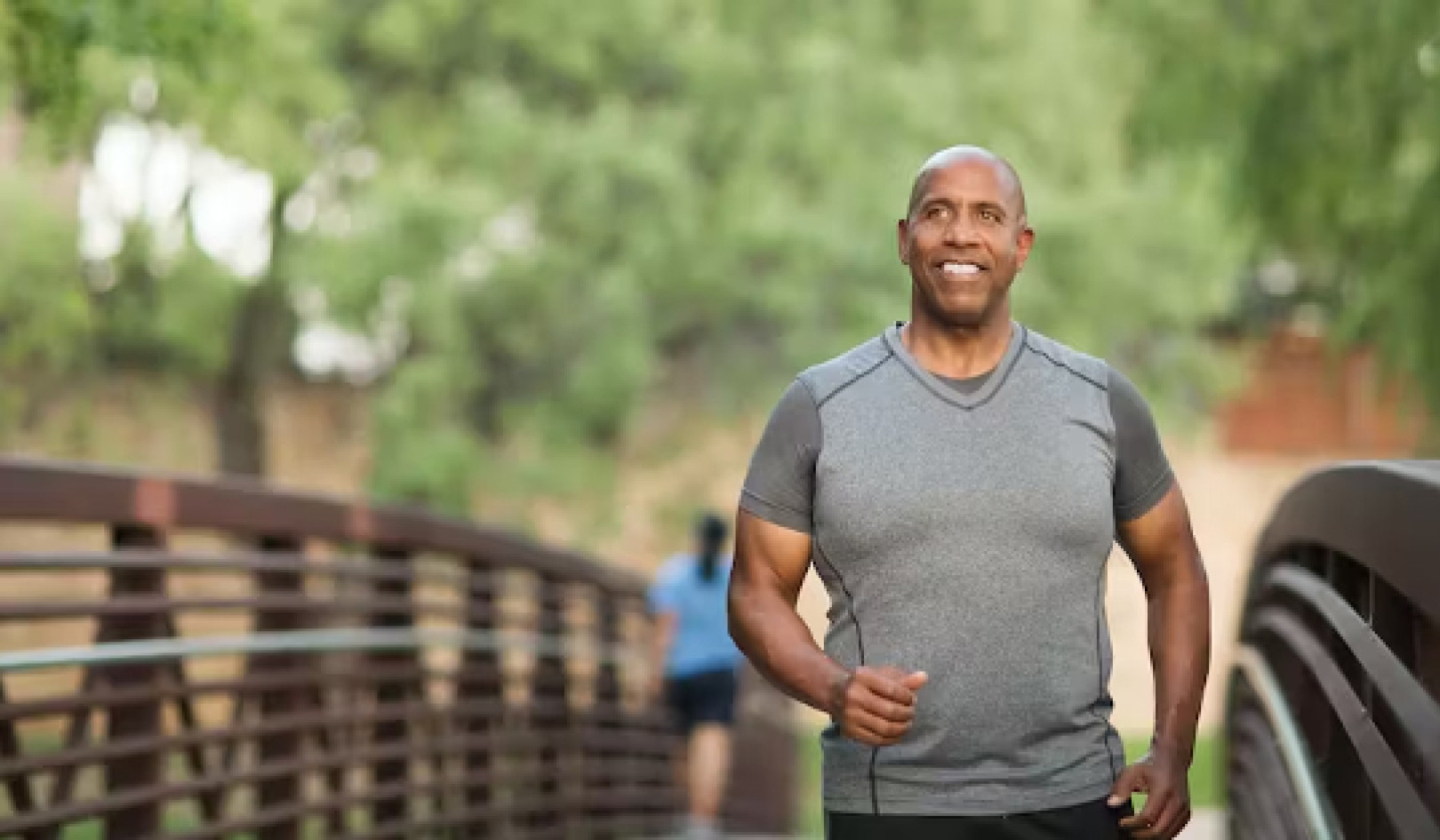
Traditional approaches to addiction emphasize stopping use of the substance. Process work emphasizes saying "no" to the substance, but also emphasizes saying "yes" to the part of the personality accessed and supported by the use of the substance. Often addictions support parts of the personality society doesn't encourage. For example, in an age of increasing tension and frenetic living, all kinds of relaxing substances are popular, especially alcohol and marijuana.
We as individuals have our own addictions to grow out of, but let's not forget that our society needs to change too, and that individual and societal change go hand in hand. Substances become addictive psychologically because they help people live parts of themselves that need expression. In substance abuse, people find temporary solutions to knock out some of the intense cultural conditioning that limits their freedom.
For example, there is intense cultural pressure to work more hours to make more money to consume more. Alcohol can open the door to down time and relaxation. Getting drunk or stoned or wired on speed can be like drugging the jail guard so that you can take the keys and escape for awhile, only to be caught and have to suffer the consequences of escaping. But if you are desperate enough to escape, you will do it any way you can, including substance addiction.
In small towns, community norms can become prison-like; it is hard to hide much of what goes on in a small town, and not fitting in with the norms can be devastating. Many people resort to substances as a way to access the parts of themselves that are outside cultural norms.
Many approaches to drug treatment have a goal of eliminating use. In order to eliminate substance abuse over time, deeper underlying needs must be discovered, and the client must develop more effective ways to address these needs than those provided by the substance. The person must address the substance and the deeper underlying process, with an emphasis placed on the individual's need for support for certain parts of his or her personality. Focusing on the underlying needs is the key to eliminating substance abuse over time, whether the emphasis of the treatment approach is educational, spiritual, or peer pressure.
Beyond The Disease Model In Addiction Treatment
A major breakthrough in addiction work came when addictions stopped being identified as a moral deficiency and started to be addressed as diseases. This reduced the stigma of treatment. Along with the benefits of the disease model come some disadvantages. One of the limitations of the disease model is its emphasis on the fact that the person is ill. While this is a step away from thinking that the person is evil, as in the morality model, the emphasis is still on what is wrong with the person. This focus can build resistance in a person and make her feel even more out of personal control. The advantage to the process model is that it supports the wisdom of the person through stating that the addiction is trying to support a valuable part of the person. The problem is that the addiction supports the part in a way that makes the whole person sick. The end is the right end, but the means are a problem.
People tend to get excited about this model, and about discovering ways to get more of what they want without the negative effects of the substance. They focus not only on giving up the substance, but on getting more of what they need. This transition is not easy. For many people, giving up a substance is an incredible struggle, even with inpatient treatment, AA, and process work. Process work is not the magic answer; it just adds a powerful tool to work with addiction problems.
The personal meaning of an addiction varies. I have worked with several people who relate to marijuana or alcohol as their mother. They say things like, "I feel like the mother I never had is soothing me." In such cases it is important to focus on the issue of mothering and relaxation, discovering why the mothering didn't occur, how the person could get mothered now, and how they could mother themselves. People tend to respond well to this approach, in which the therapist works together with the person to help her learn how to care for herself without drinking or smoking, and to learn what stops her from being able to get what she needs. In many cases, this approach is effective because it is the path of least resistance. Instead of fighting the strength of an addiction through telling the person to stop and thus becoming an additional source of stress, the therapist supports the wisdom of the organism and helps people find healthier ways to get their needs met.
It is important to be able to distinguish the addictive process from the addiction itself, so that the underlying need is identified and supported. One way to discover the addictive process is to suggest that the person act as if they were on the substance. Most people can to some degree quickly access the state and start feeling and acting like they are on the drug. This is the beginning of awareness that drugs are not only substances but also states of consciousness that can be accessed without drugs. Once a person is in this state, the therapist and client together can identify what the substance does for the person, and then can work together to find other ways for the person to get the same effect.
Identifying The Underlying Needs of Those Addicted
Let's look more closely at what might lie beneath an addictive process. I recently worked with someone I'll call Paul on his cigarette addiction. Since smoking gave him a minute to breathe and detach from his usual frantic state, picking up this detachment and supporting it was our task. While relaxation itself is important and healthful, cigarette smoking accesses relaxation in a deadly way. The therapist's task is to help separate the two. We knew that the only way Paul would stop smoking over time was if his new ways of relaxing were more effective and exciting than smoking. If Paul could learn to truly take time for himself, to detach and relax not just with a cigarette but as an ongoing part of life, then his cigarette use should fall away.
One of the most important parts of working on addictions is to help the person with the addiction access the state they are trying to reach. The person's job is to learn to consciously access those parts of themselves that the substance gave them access to. Having this kind of access lessens the chances of the person's returning to the addiction. This approach helps the person get to the root of what was behind the addiction. The work must go far enough to give the person access to the state of consciousness in a deeper, more easily accessible, and more powerful way than the substance. It is important to give the person a physical way to remember that will anchor this experience of successful accessing, without the substance. For one person, it may be putting their head back, and for another, moving their arms slowly. The easiest way to find an anchor is to ask the person how they will remember the state they accessed, and watch what their body does. They will show you how they access this state, and the therapist needs to help them remember that whenever they need to go to this place, they can use their anchor rather than the substance.
This approach of accessing the state works better with someone who is in the middle of abusing, or who has been away from substance use for at least a few months. There is a risk that a client who has just quit using, and who was repressing any feelings that the substance might access, might awaken a hunger for the substance. However, I have done this with hundreds of clients at various stages of using and recovery, and have never had this experience. Here are some examples of people who were able to use this approach to help them stop using.
When Paul smoked, he would look off into the distance and his jaw would drop. Over time, he learned to look out into the distance and relax his jaw in a certain way to access his state of relaxation without needing a cigarette. Discovering how to relax his jaw provided him a safe and effective way to get the relaxation he needed.
Accessing States of Consciousness without the Use of Addictive Substances
Addictive substances are by definition harmful, and they also do an incomplete job of accessing the state. The substance gives a brief experience of what the person needs, but the need is met only momentarily. For example, while Paul was smoking, he also had physical symptoms of a tight jaw and grinding of the teeth. Learning to complete the relaxation state that smoking was attempting to reach also relieved him of his physical symptoms. His access to the relaxed state without smoking was over time more complete and more useful than the smoking had been. Once you integrate your addictive tendencies, your states of consciousness are accessible whenever you need them.
Let's look at another example. I remember working with a woman who hadn't smoked marijuana for quite a while and had recently started again after some very painful experiences. In her difficult times, she had not been able to relax and nurture herself much. When she smoked marijuana, she was able to access the relaxed state she needed for her healing. The only problem was that the marijuana was having other effects she didn't want, so she wanted to access the state she desperately needed without using a drug.
I asked her to just sit like she sits when she is really stoned, and we exaggerated that sitting position. Soon she started feeling like she had smoked a lot of marijuana, except that she could still think clearly, which wasn't the case when she really smoked marijuana. This woman was able to learn to sit in a specific position and gain the relaxation she needed for healing without needing to smoke marijuana and therefore without the side effects that had been disturbing to her.
Towards A New Vision Of Addiction: Just Say Yes to Yourself
Because parts of ourselves that we need are hidden in addictions, campaigns that encourage people to "just say no" are popular but not highly effective. Saying no is a start, but once we say no to a substance, we need to say yes to our development. Processing the states behind addiction is one of the ways to support this development. We can see a pattern for accessing important parts of ourselves if we look at certain shamanistic cultures. Many tribes that once used hallucinogens to access altered states switched at some point to using drumming or dancing. What is important is not the substance, but accessing the state the substance provides.
Another example of positive results from drug use is the medical benefit of marijuana to relieve pain in cancer patients. I hope that as a culture we can keep an open mind so that we can work on addictions that are harmful, and focus less on those that aren't. For example, cigarette smoking kills hundreds of thousands of people each year, yet we send out the army to destroy marijuana crops while we subsidize tobacco growers.
I am not saying marijuana is fine -- I think there are more effective ways of accessing these states of consciousness that don't require drug use. However, if we have limited resources to address these problems as a culture, it makes sense to work to reduce alcohol and cigarette addiction, the causes of great damage, and to spend fewer of our resources fighting against peyote and marijuana, substances that some people find useful and some harmful. In my town, alcohol and cigarettes are the most dangerous drugs and most widely used, and crank, an amphetamine, is the other most dangerous and widely used drug.
Treatment that offers people the opportunity to process their states is far more effective in eliminating substance abuse than all the police we can hire and prisons we can build.
Reprinted with permission of the publisher,
New Falcon Publications. ©2000. http://newfalcon.com
This article was excerpted from:
Changing Ourselves, Changing the World
by Gary Reiss.
 Most people feel disturbed by the political and social problems we see every day yet, at the same time, feel helpless to solve them. We feel even more disturbed as we and others give up our personal power in futile attempts to solve these problems. We have given our power away to politicians and others who accomplish little or nothing as they serve their own narrow interests. People have become apathetic because the world situation is just too overwhelming. This book will help you to view the world situation in a way that is not overwhelming. It provides ways for you to take back your power for personal growth and social change.
Most people feel disturbed by the political and social problems we see every day yet, at the same time, feel helpless to solve them. We feel even more disturbed as we and others give up our personal power in futile attempts to solve these problems. We have given our power away to politicians and others who accomplish little or nothing as they serve their own narrow interests. People have become apathetic because the world situation is just too overwhelming. This book will help you to view the world situation in a way that is not overwhelming. It provides ways for you to take back your power for personal growth and social change.
Click here for more info and to order this book on Amazon.
About the Author
 Gary Reiss, LCSW, is a licensed clinical social worker and has his diploma in process-oriented psychology. He is on the faculty of the Process Work Center of Portland. One of Gary's special interest in process work includes conflict work. He works extensively in Israel, India, Australia and other hot spots in the world. He is currently working on three other books: Transforming Family Life; Angry Men, Angry World; and Becoming Eagle: Moving from Fear of Life and Death to Flying Freely. He regularly appears on radio shows to talk about working on issues of racism, diversity and many other topics. Visit his website at www.GaryReiss.com.
Gary Reiss, LCSW, is a licensed clinical social worker and has his diploma in process-oriented psychology. He is on the faculty of the Process Work Center of Portland. One of Gary's special interest in process work includes conflict work. He works extensively in Israel, India, Australia and other hot spots in the world. He is currently working on three other books: Transforming Family Life; Angry Men, Angry World; and Becoming Eagle: Moving from Fear of Life and Death to Flying Freely. He regularly appears on radio shows to talk about working on issues of racism, diversity and many other topics. Visit his website at www.GaryReiss.com.























